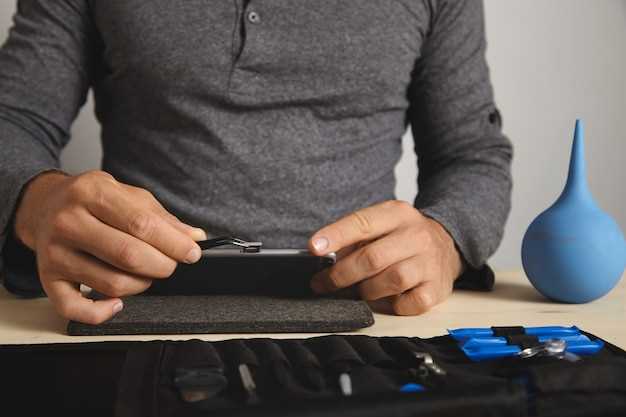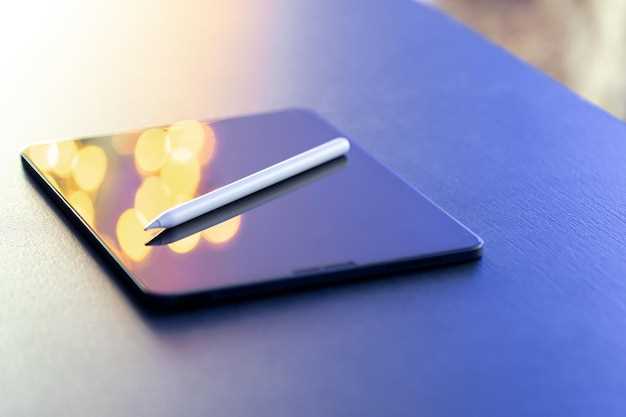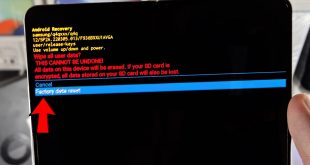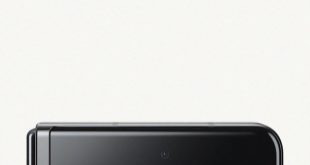
Maintaining the health and efficiency of your smartphone is crucial for an optimal user experience. One effective troubleshooting method is Wipe Cache, a feature that swiftly removes temporary files and data from your device without compromising personal settings or applications. This guide provides a comprehensive overview of the Wipe Cache procedure, explaining its benefits, potential drawbacks, and a step-by-step tutorial for successful implementation.
Wipe Cache is a safe and non-intrusive procedure that can potentially resolve a range of performance issues, making it an invaluable tool for troubleshooting your smartphone’s functionality. By effectively clearing out redundant data, you can optimize system performance and enhance the overall user experience. However, it’s essential to use this feature judiciously, as indiscriminate use may lead to unintended consequences.
Samsung Galaxy S23 Ultra Wipe Cache
Table of Contents
Wipe cache is a crucial maintenance procedure on your Samsung Galaxy S23 Ultra that eradicates temporary data and enhances its performance. Unlike wiping data, this process doesn’t delete personal files or apps. Sensitive information, images, and videos remain untouched.
What is Wipe Cache Partition?
A wipe cache partition is a process that clears temporary files stored on your device to improve performance and fix common issues. It is different from a factory reset, as it only removes the cached data without affecting your personal files or settings.
Cached data includes temporary system files, app data, and other non-essential files that accumulate over time. While these files can help speed up certain tasks, they can also become corrupted or out of date, leading to performance issues such as slow loading times, app crashes, and battery drain.
By wiping the cache partition, you can free up space, resolve performance issues, and improve the overall stability of your device without losing any important data.
When to Wipe Cache Partition on Galaxy S23 Ultra

Eliminating the cache partition on your Galaxy S23 Ultra can be a sensible solution to address certain performance-related challenges. This procedure involves erasing temporary data stored by apps and the OS, leaving personal files and settings untouched. Consider wiping the cache partition if you encounter any of the following issues:
- Sluggish performance or slow response times
- Unexpected app crashes or errors
- Battery drain or excessive power consumption
- System updates or app installations that don’t complete successfully
- Random system freezes or reboots
| Symptoms | Possible Causes |
|---|---|
| App installation or updates fail | Corrupted cache data |
| System settings revert to default values | Cache partition issues |
| Unusual behavior or errors in specific apps | Accumulated cache files |
How to Wipe Cache Partition on Galaxy S23 Ultra
If your device is experiencing performance lags, slowdowns, or other issues, wiping the cache partition can often resolve these problems. The cache partition stores temporary files and data that can become corrupted or outdated over time, leading to performance issues. Here’s a step-by-step guide on how to wipe the cache partition on your Galaxy S23 Ultra:
Benefits of Wiping Cache Partition
Opting to clear the cache partition on Android may prove beneficial in several ways. It can facilitate efficient operation, optimize system stability, and resolve occasional performance setbacks. This maintenance action selectively targets temporary files within the cache partition, freeing up storage space and decluttering the phone’s memory. Consequently, the device’s performance might improve.
Cautions and Considerations
Before proceeding with the cache wipe procedure, it’s crucial to exercise caution and consider the following:
Potential Data Loss: Cache wiping removes temporary system files and data, but it does not affect user-generated content like photos, videos, or documents. However, if you have unsaved applications or data, ensure it’s backed up before wiping the cache.
Device Restarts: Cache wiping may require your device to restart. Allow sufficient time for this process to complete.
Performance Impacts: While cache wiping can resolve performance issues, it’s important to note that it does not significantly improve overall device speed or functionality. It primarily frees up storage space and optimizes system operations.
Battery Life: Cache wiping can have a temporary effect on battery life as the device rebuilds the cache. This is typically resolved within a few hours of normal usage.
Frequency: Cache wiping is generally not necessary on a regular basis. Consider performing it only if you encounter persistent performance issues or after major system updates.
Question and Answer
What is cache wiping and why is it important?
Cache wiping is the process of removing temporary files and data stored by apps and the operating system. This data can become corrupted or outdated over time, leading to performance issues and glitches. Wiping the cache clears this data, allowing the device to run more smoothly and efficiently.
How often should I wipe the cache on my Samsung Galaxy S23 Ultra?
Cache wiping is not a regular maintenance task that needs to be performed frequently. However, it’s recommended to wipe the cache when you notice performance issues, such as slowdowns, freezing, or app crashes. You can also wipe the cache after major software updates or when installing new apps.
Will wiping the cache delete my personal data?
No, wiping the cache will not delete your personal data, such as photos, videos, contacts, or messages. It only removes temporary files and data that apps and the operating system use to improve performance.
Is it safe to wipe the cache on my Samsung Galaxy S23 Ultra?
Yes, it is safe to wipe the cache on your Samsung Galaxy S23 Ultra. However, keep in mind that it may take a few minutes for the device to rebuild the cache after wiping. During this time, you may notice some apps loading slower than usual.
 New mods for android everyday
New mods for android everyday



